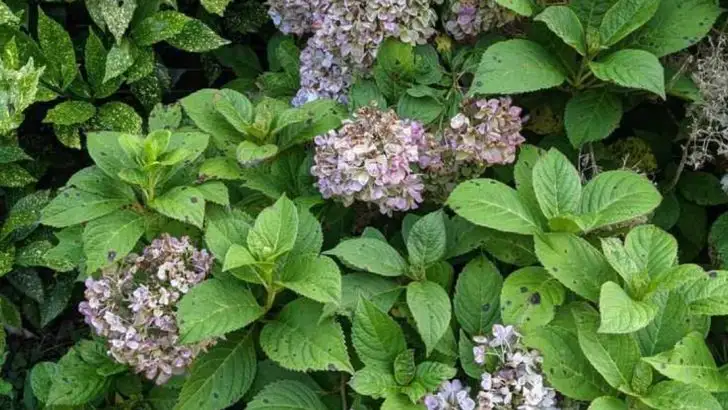If your hydrangeas aren’t blooming, it can be frustrating, especially since these beautiful flowers are known for their vibrant colors and lush blooms. There are several common reasons why hydrangeas may not flower, from incorrect pruning to improper care, but fortunately, many of these issues are fixable.
In this article, we share 14 overlooked fixes for why your hydrangeas aren’t blooming. Whether it’s an issue with sunlight, soil pH, or watering practices, these expert tips will help you troubleshoot and get your hydrangeas back on track. If you want to enjoy breathtaking blooms this season, these easy-to-follow fixes will restore your hydrangeas to their full flowering potential!
Incorrect Pruning

Pruning hydrangeas at the wrong time can prevent them from blooming. Many species bloom on old wood, meaning that if you prune them in late fall or winter, you might be cutting off next year’s flower buds. You should identify which type you have; for example, mophead hydrangeas require careful timing. If pruned too early or late, you might miss out on the flowers entirely. Consistently observing how your hydrangeas respond to pruning and adjusting accordingly can make all the difference in your garden’s floral display.
Soil pH Imbalance
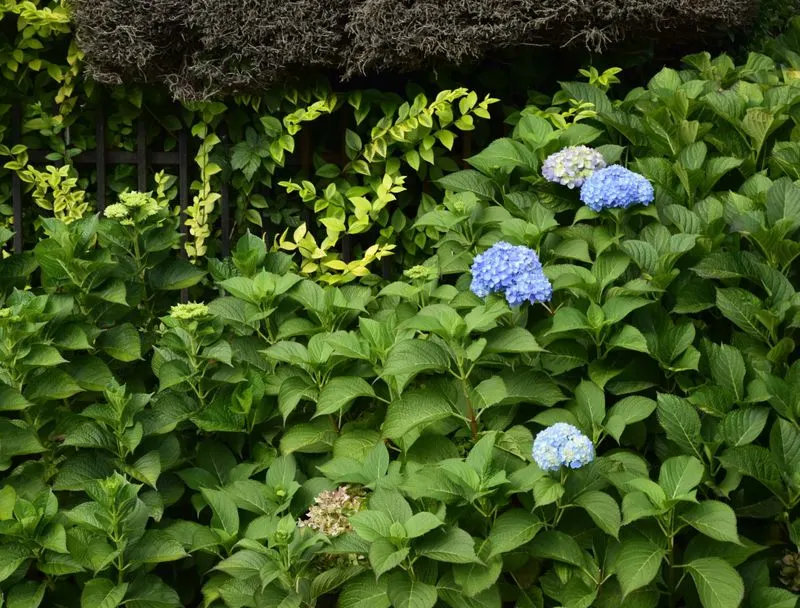
Hydrangeas require a specific pH level to thrive and produce blooms. An overly acidic or alkaline soil can hinder the plant’s ability to absorb essential nutrients. Testing the soil using a pH meter or test kit can reveal if adjustments are needed. For blue blooms, aim for more acidic soil, while pink blooms prefer more alkaline conditions. Amend the soil with lime or sulfur accordingly to achieve the desired pH balance, promoting healthy growth and beautiful flowers.
Insufficient Sunlight
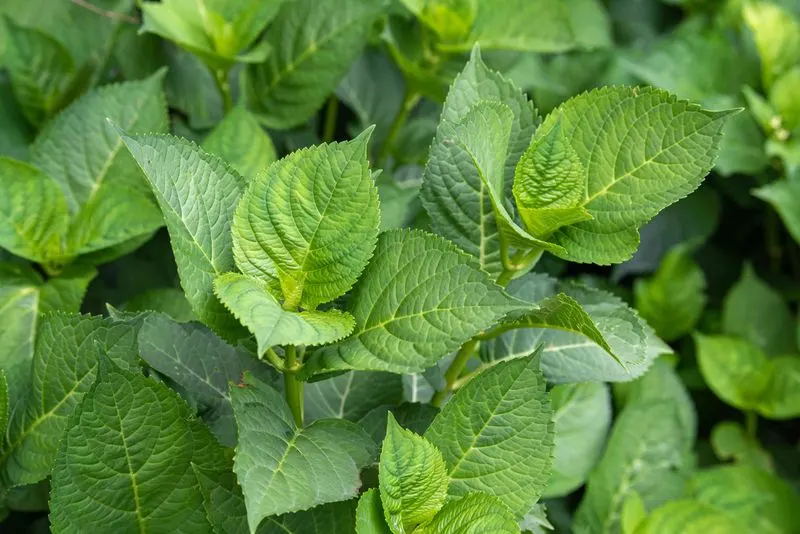
While hydrangeas appreciate some shade, too much can limit bloom production. These plants ideally need morning sun and afternoon shade. If your garden is heavily shaded by trees or structures, consider transplanting them to a brighter location. Alternatively, trim overhanging branches to let in more sunlight. Finding that right balance of light will encourage your hydrangeas to flourish and bloom profusely, enhancing your garden’s aesthetic appeal.
Over-Fertilization
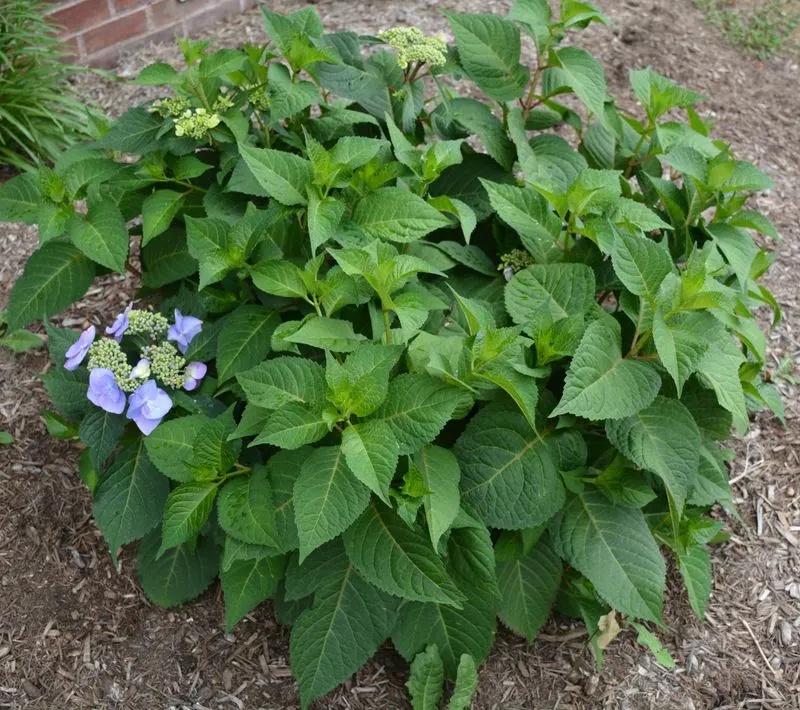
Too much fertilizer can result in lush foliage but few flowers. Hydrangeas require a balanced approach to feeding; a high-nitrogen fertilizer will encourage leaf growth at the expense of blooms. Opt for a formula higher in phosphorus to support flower development. Apply fertilizer sparingly and according to the package instructions. Monitoring your fertilization routine and making mindful adjustments can lead to a blossoming success in your hydrangea care.
Watering Issues
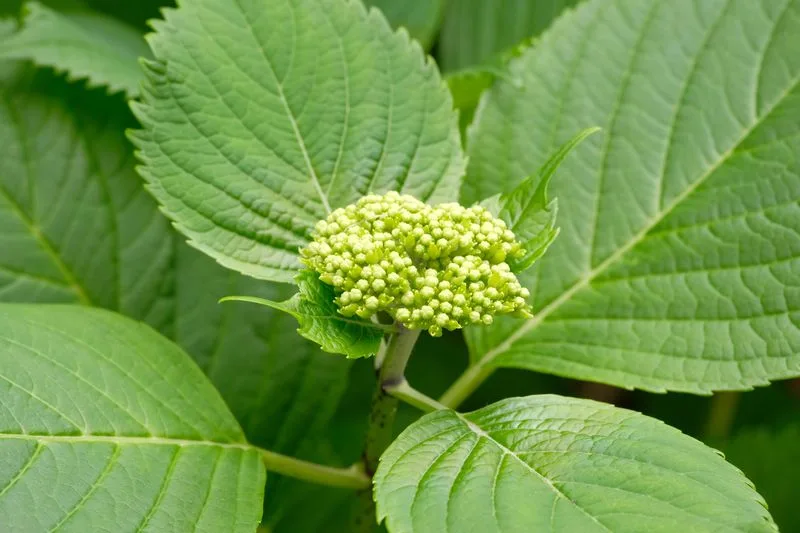
Both overwatering and underwatering can stress hydrangeas, affecting their ability to bloom. These plants need consistently moist soil, but not soggy. Ensure your garden has good drainage and water them deeply once a week, more often during dry spells. Mulching can help retain soil moisture, providing a stable environment for root development. Paying attention to your watering schedule and environmental conditions will foster robust growth and a healthy display of blooms.
Improper Planting Depth
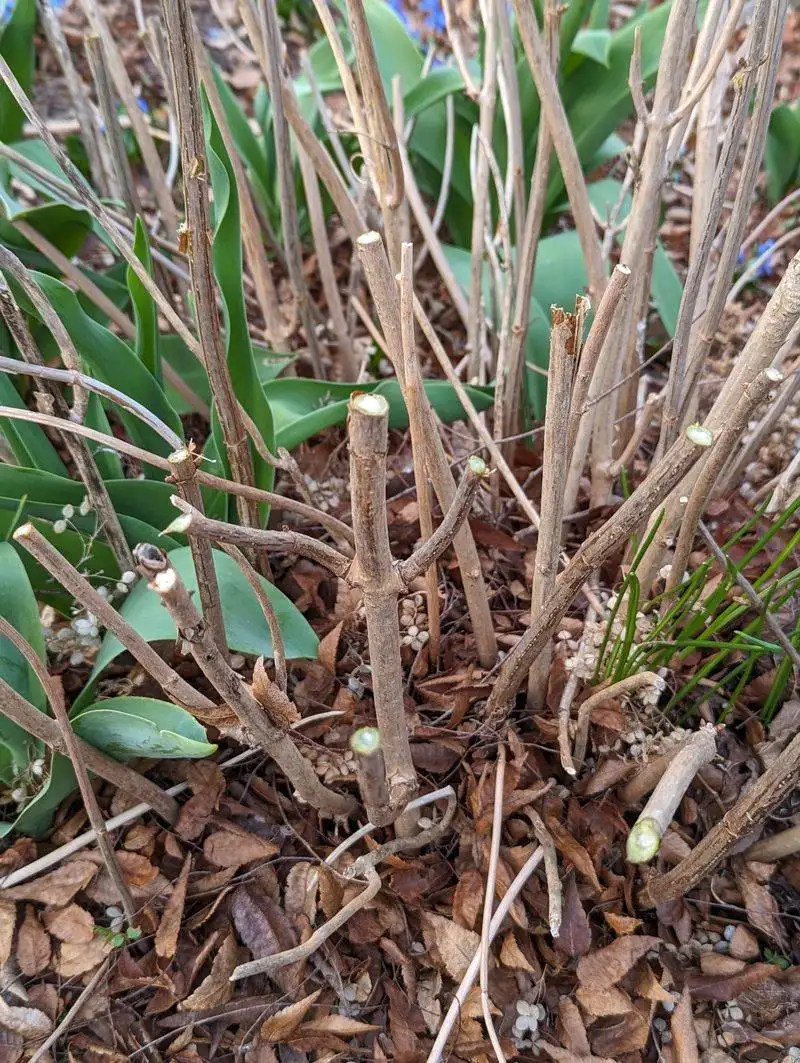
Planting hydrangeas too deep or too shallow can prevent them from blooming. The root ball should be level with the soil surface to ensure proper air circulation and nutrient uptake. If planted incorrectly, roots may suffocate or dry out, inhibiting growth. Reassessing the planting depth and making necessary adjustments can rectify this issue. Lifting and replanting hydrangeas at the correct depth might just encourage those elusive blooms to finally make their appearance.
Pest Infestation
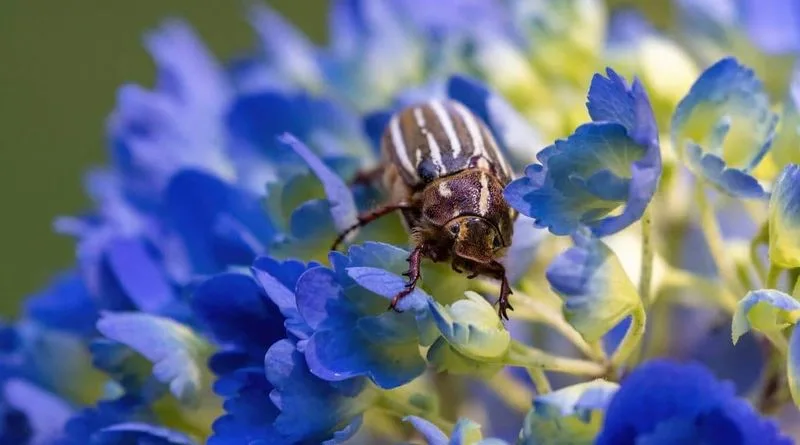
Insects like aphids and spider mites can damage leaves and flower buds, preventing blooms. Regularly inspecting your plants for signs of infestation can help you catch these pests early. Use organic insecticidal soap or neem oil to treat affected areas. Encouraging beneficial insects, such as ladybugs and lacewings, can also naturally control pest populations. Maintaining a vigilant eye on your hydrangeas helps preserve their health and encourages vibrant blooms.
Disease Problems
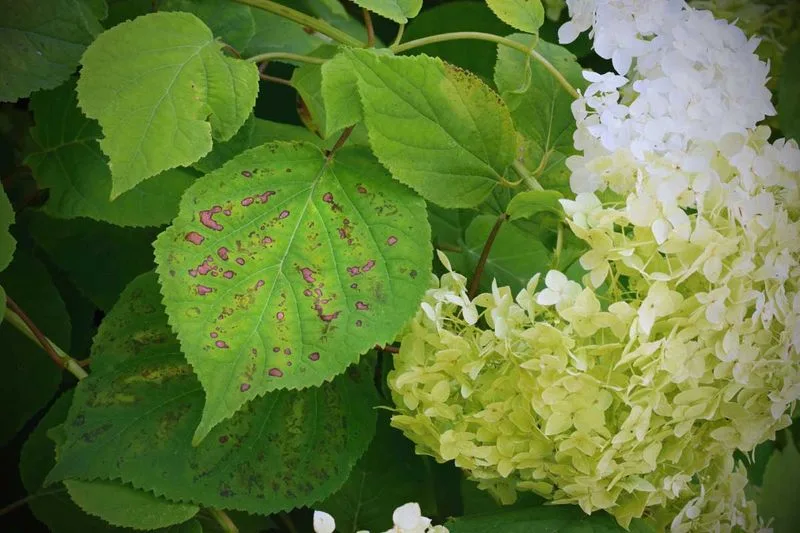
Fungal diseases like powdery mildew or leaf spots can hinder hydrangea blooms. These issues typically arise in humid conditions or where there’s poor air circulation. Remove affected leaves and ensure proper spacing between plants. Using fungicides can help control outbreaks. By managing humidity levels and maintaining cleanliness in your garden, you can prevent diseases from taking hold, allowing your hydrangeas to bloom beautifully.
Age of the Plant

Hydrangeas might not bloom if they’re too young or excessively old. Newly planted hydrangeas may take a few years to establish and start blooming. Conversely, older plants may struggle due to reduced vigor. Regular rejuvenation pruning can stimulate new growth in aging plants. In younger ones, patience is key, along with proper care. Recognizing the plant’s age-related needs ensures you provide the right conditions for future flowering.
Root Competition
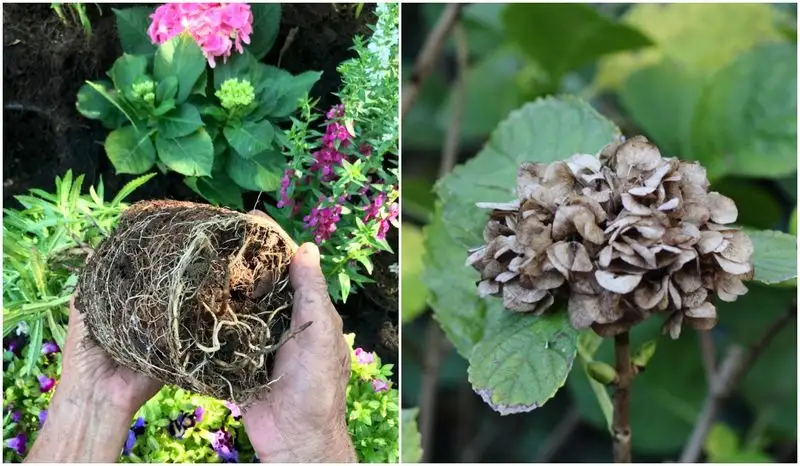
Nearby trees and shrubs can compete with hydrangeas for nutrients and water, impacting their blooming potential. If your hydrangeas are planted too close to other plants, consider relocating them to a less crowded spot. Alternatively, provide extra water and nutrients to help them thrive in their current location. Ensuring your hydrangeas have sufficient resources available will support their growth and flowering.
Climate and Weather
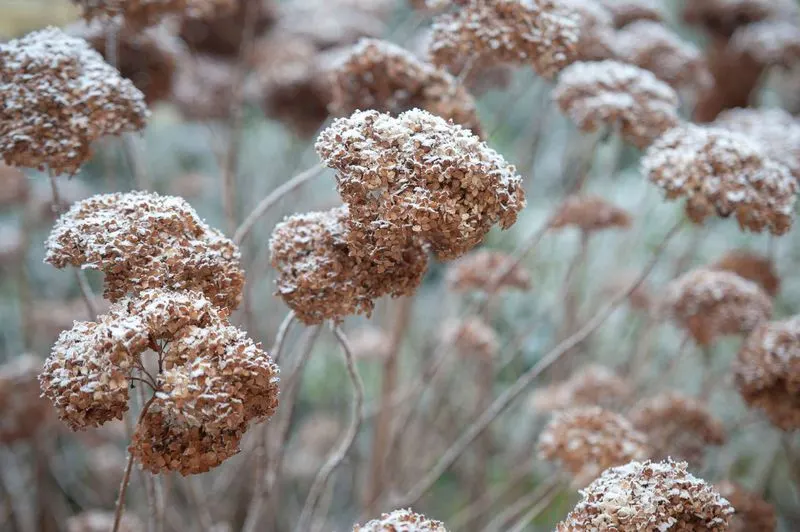
Hydrangeas may fail to bloom due to inappropriate climate or unexpected weather changes. Harsh winters or late frosts can damage buds, while extreme heat can stress plants. Selecting the right hydrangea variety for your climate is essential. Protecting plants during severe weather with mulch or frost covers can also help preserve buds. Understanding your local climate and preparing your garden accordingly ensures your hydrangeas have the best chance to bloom.
Lack of Dormancy Period
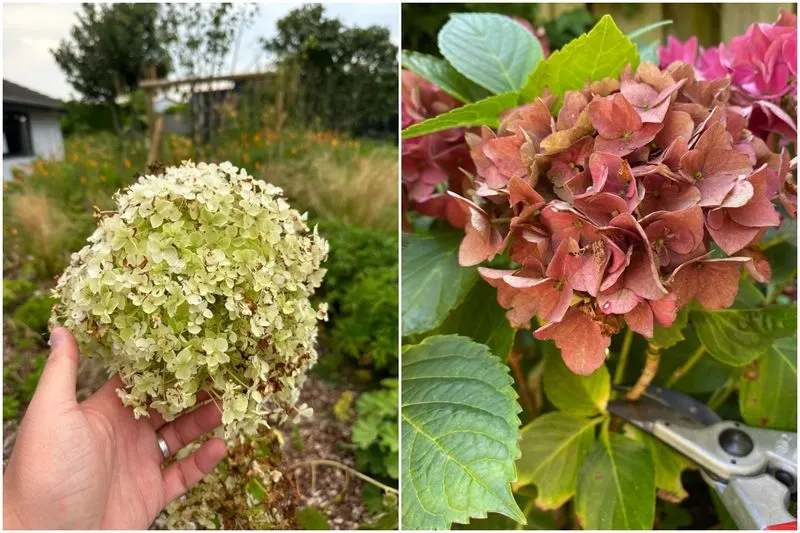
Certain hydrangea varieties need a dormancy period induced by cold temperatures to bloom. If you live in a warmer climate, this lack of dormancy can inhibit flowering. Mimicking dormancy by reducing watering and withholding fertilizer during cooler months can help. Alternatively, select varieties that are better suited to your climate. Adjusting care routines to accommodate your hydrangeas’ natural cycles promotes healthy blooms.
Variety Mismatch
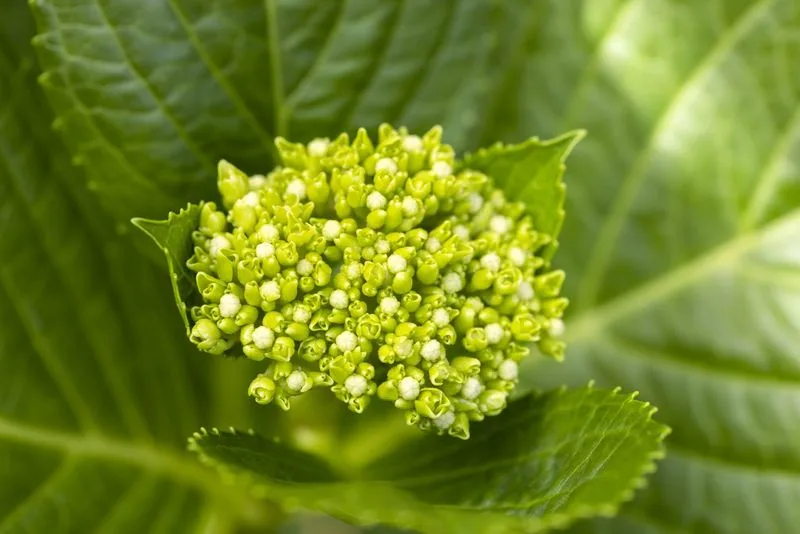
Incorrectly matching hydrangea varieties to your garden conditions can affect blooming. Some types thrive in sun, while others prefer shade. Understanding the specific needs of your variety allows you to cultivate them in the right setting. Research and select varieties that align with your climate and garden environment for successful blooms. Tailoring care based on variety requirements ensures a healthy and flower-filled garden.
Nutrient Deficiency

Lack of essential nutrients can prevent hydrangeas from blooming. Symptoms like yellowing leaves can signal deficiencies in nitrogen, phosphorus, or potassium. A soil test can pinpoint lacking nutrients. Use a balanced fertilizer to address these deficiencies and support flowering. Regularly feeding your hydrangeas ensures they receive the nutrients necessary for robust bloom production, keeping your garden vibrant.

